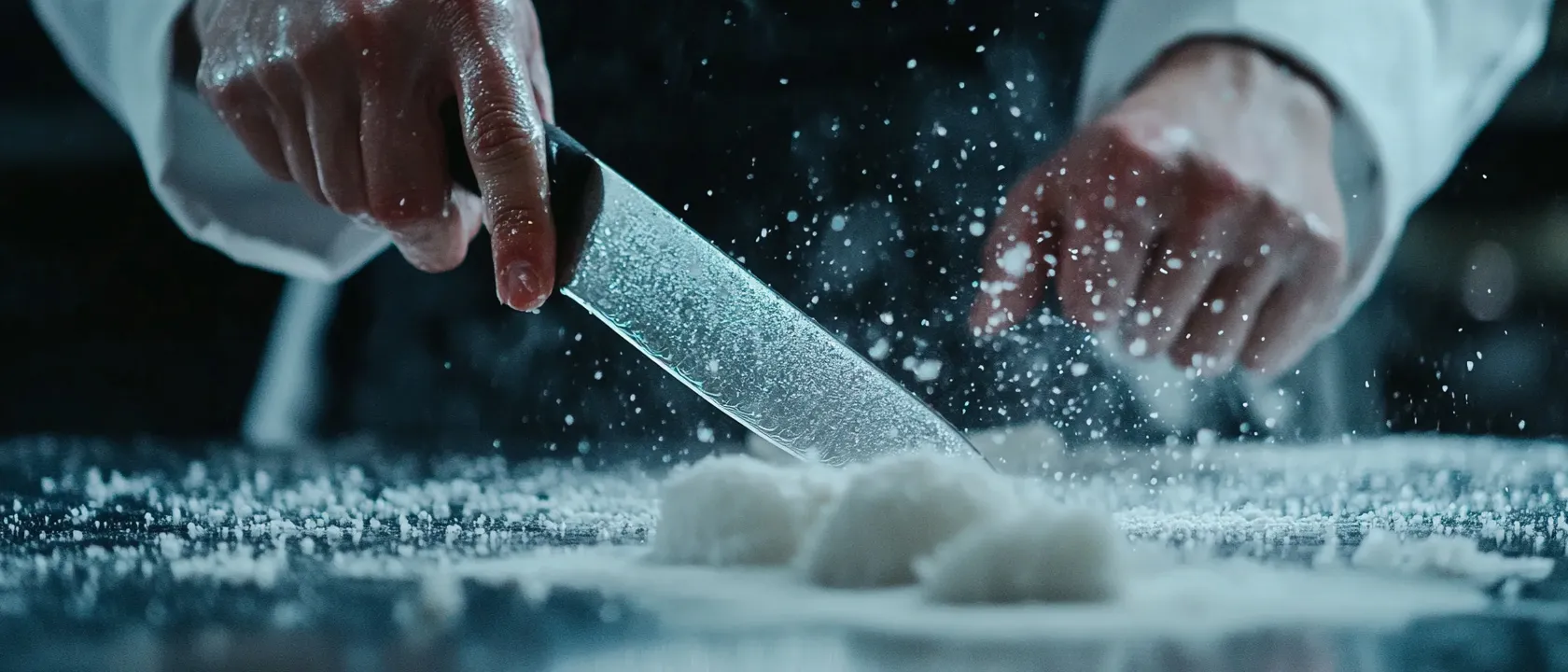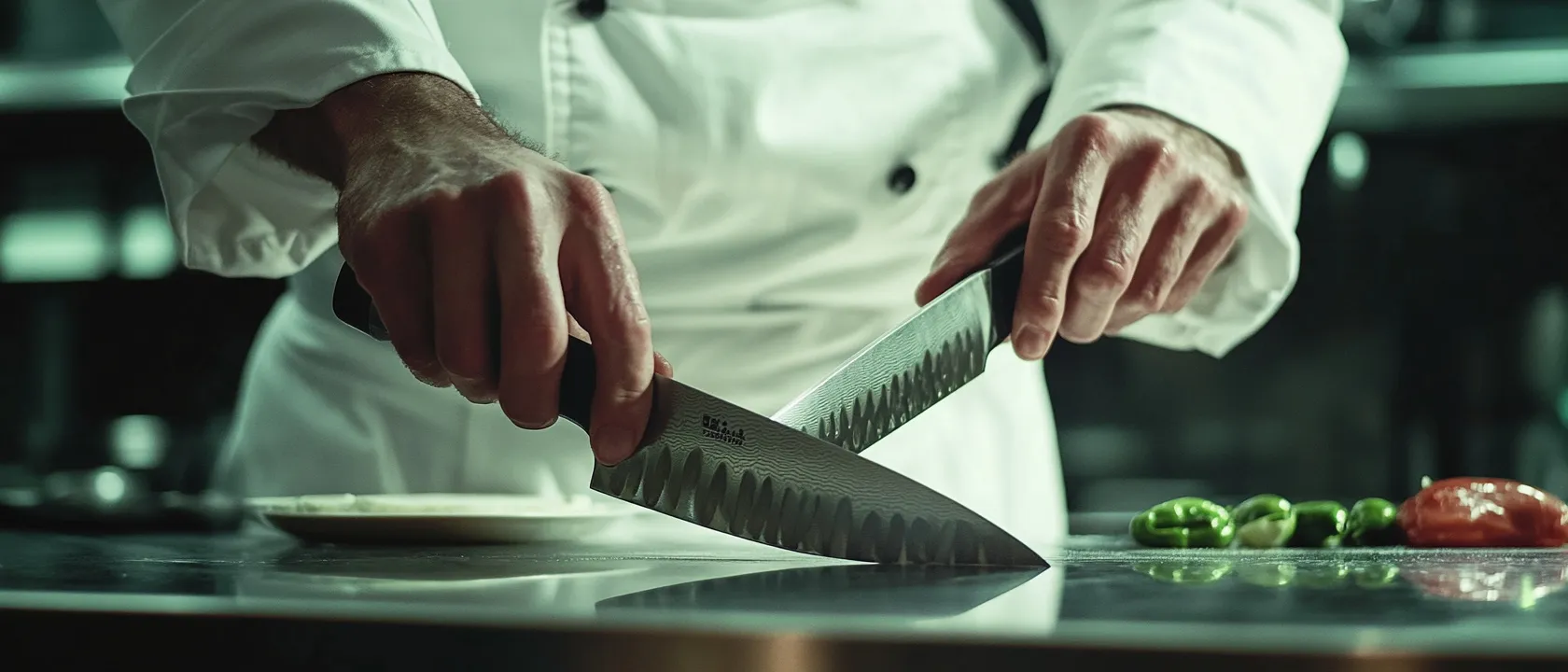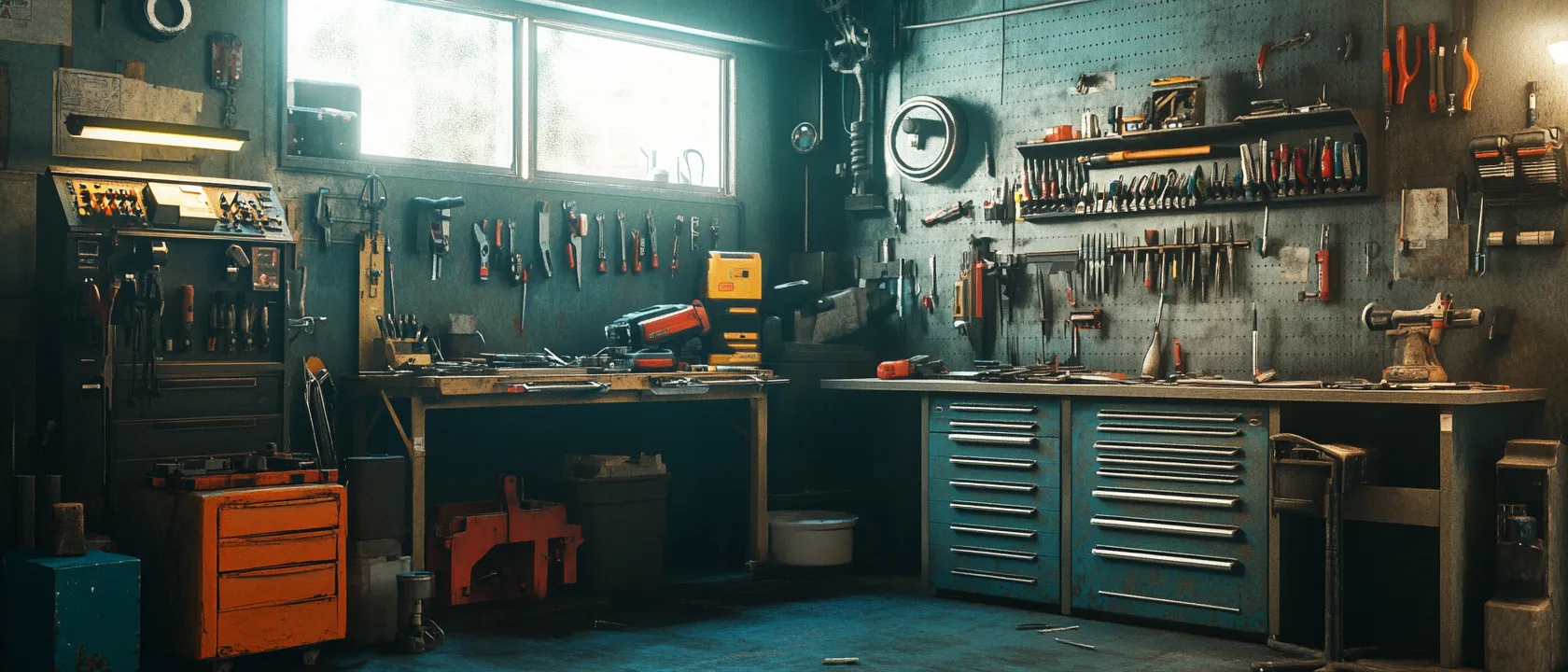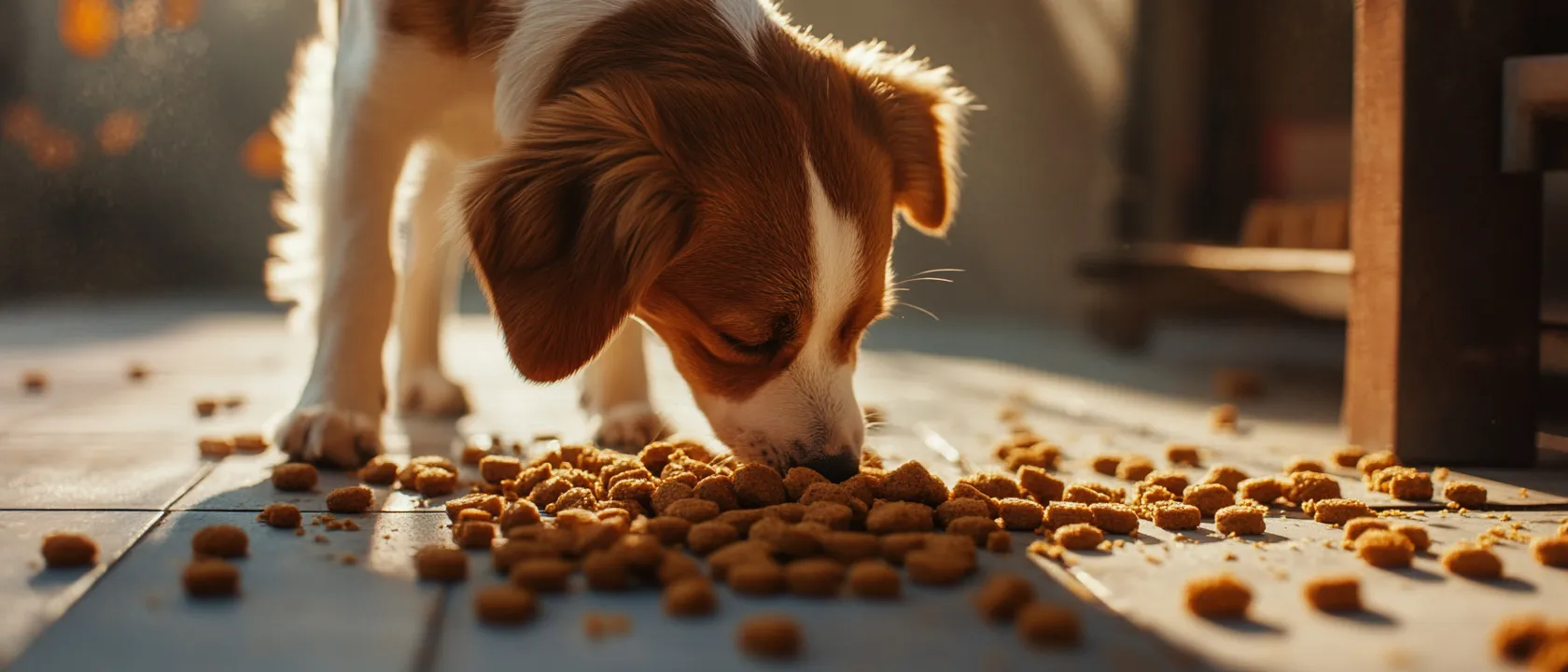The humble kitchen knife sits at the intersection of daily utility and centuries-old tradition, simultaneously a practical tool and a cultural artifact reflecting distinct philosophies about craftsmanship, function, and design. For serious home cooks and professional chefs alike, two distinct traditions have emerged as the gold standards of cutlery excellence: Japanese craftsmanship and German engineering. While both produce exceptional cutting implements, they represent fundamentally different approaches to what makes the perfect knife. This comprehensive analysis examines the core differences between these traditions and helps determine which might better suit your cooking style, preferences, and needs.
The Philosophical Divide: Two Approaches to Knife Making
Before examining specific technical differences, it’s worth understanding the deeper philosophical divide between these two knife-making traditions.
The Japanese Philosophy: Precision and Specialization
Japanese knife making emerges from the same tradition that produced the samurai sword, with many techniques directly inherited from sword smiths. This lineage emphasizes:
- Extreme sharpness as the primary virtue
- Specialized tools for specific tasks rather than all-purpose implements
- Purity of materials and meticulous craftsmanship
- User responsibility for proper care and maintenance
- A focus on precision cutting over durability and toughness
The Japanese approach often expects more from the user—both in technique and maintenance—but rewards this care with extraordinary performance within the knife’s intended purpose.
The German Philosophy: Robustness and Versatility
German knife making emerged from a European cutlery tradition that prioritized:
- Versatility and all-purpose functionality
- Durability and resistance to damage during heavy use
- Comfortable handling for extended periods
- User-friendly design requiring less specialized maintenance
- Balance between sharpness and toughness
German knives are designed as reliable workhorses that can withstand the rigors of a busy kitchen without requiring delicate handling or specialized care.
These contrasting philosophies manifest in virtually every aspect of knife design, from the steel formulation to the blade geometry and handle construction.
Technical Differences: The Elements of Knife Design
The divergent philosophies between Japanese and German knife making translate into specific technical differences that affect performance.
Steel Composition: Hardness vs. Toughness
Perhaps the most fundamental difference between these traditions lies in their approach to steel formulation:
Japanese Knives typically use high-carbon steels with hardness ratings between 60-66 HRC on the Rockwell scale. Traditional Japanese knives often use White Steel (Shirogami) or Blue Steel (Aogami), prized for their ability to take and maintain extremely sharp edges. Modern Japanese manufacturers also extensively use powdered metallurgy steels like VG-10, SG2, and ZDP-189, which allow for incredible edge retention while improving chip resistance.
The harder steel enables Japanese knives to be ground to much thinner, sharper edges, but this hardness also increases brittleness—making them more susceptible to chipping if used improperly (such as cutting frozen foods or twisting the blade during cutting).
German Knives typically feature softer steel alloys with hardness ratings between 54-58 HRC. These often include considerable chromium content for stain resistance, exemplified by X50CrMoV15 steel commonly used by Wüsthof and Zwilling J.A. Henckels. The lower hardness makes German knives less brittle and more forgiving of rough handling, though they require more frequent sharpening to maintain their edge.
The steel choice creates a fundamental trade-off: Japanese knives offer superior sharpness and edge retention but demand more careful use, while German knives provide greater durability and ease of maintenance at the cost of ultimate cutting performance.

Blade Geometry: Thin vs. Substantial
The physical shape and dimensions of the blade reflect each tradition’s priorities:
Japanese Blades feature much thinner construction overall, with:
- Blade thickness typically 50-70% that of German counterparts
- More acute edge angles, usually between 10-15 degrees per side
- Less weight for precision control rather than power cutting
- Often a flatter edge profile for push/pull cutting techniques
- Harder steel that allows the thinner edge to remain stable in use
German Blades are more substantial, with:
- Thicker blade stock providing strength and weight
- Edge angles typically 17-20 degrees per side
- Heavier construction that aids in cutting through dense materials
- More pronounced belly curve for rocking cutting motions
- Substantial spine that allows for greater lateral pressure
These geometric differences directly influence cutting performance and technique. Japanese knives excel at precise, clean cuts through delicate ingredients but may struggle with dense materials. German knives handle tough cutting tasks with ease but provide somewhat less precision with delicate ingredients.
Handle Design and Balance
Handle philosophy represents another significant divergence between the traditions:
Traditional Japanese Handles (wa-handle) feature:
- Lightweight wood construction, often magnolia, chestnut, or ho wood
- Simple cylindrical or octagonal shapes
- Minimal or no bolster, focusing weight toward the blade
- Forward balance point for precision tip work
- Natural materials that may require more care but provide better grip when wet
German Handles typically include:
- Full-tang construction with the steel extending through the entire handle
- Triple-riveted design for durability
- Substantial bolsters that protect fingers and add weight
- Balance point closer to the hand for reduced fatigue
- Synthetic materials like POM (polyoxymethylene) for durability and sanitation
Modern hybrids increasingly incorporate elements from both traditions, with Western-style handles (yo-handle) on Japanese knives and more refined, lighter German designs that borrow from Japanese aesthetics.
The Key Knife Types: Cultural Specialization vs. Universal Tools
Each tradition has developed signature knife styles that reflect their culinary needs and cutting philosophy.
Japanese Signature Styles
Santoku (“three virtues” knife for meat, fish, and vegetables):
- 5-7 inch blade with a flat profile and sheep’s foot tip
- General-purpose knife that most closely parallels the Western chef’s knife
- Thinner blade with less belly, designed for up-and-down cutting rather than rocking
- Often features a granton edge (scalloped indentations) to reduce food sticking
Gyuto (the Japanese interpretation of a Western chef’s knife):
- 8-10 inch blade with a moderate curve
- Thinner and harder than its German counterpart
- More refined tip for precision work
- Hybrid design combining Japanese steel and craftsmanship with Western profile
Nakiri (vegetable knife):
- Rectangular blade with a straight edge
- Specialized for precise vegetable cutting
- Up-and-down chopping motion rather than rocking
- Creates clean cuts without crushing delicate cell structures
Yanagiba (sushi/sashimi knife):
- Long, narrow single-beveled blade
- Extraordinarily sharp edge for clean protein slicing
- Requires specialized sharpening technique
- Design focuses on minimizing damage to fish tissue structure
Deba (fish fabrication knife):
- Thick, heavy blade for breaking down fish
- Single-beveled edge for precision
- Specialized design for specific protein preparation
The Japanese tradition embraces highly specialized tools for distinct tasks, with dozens of traditional knife styles each optimized for specific ingredients or cutting techniques.
German Signature Styles
Chef’s Knife (Koch Messer):
- 8-10 inch blade with pronounced belly curve
- All-purpose design intended to handle 90% of kitchen tasks
- Substantial blade height for knuckle clearance
- Heavy enough for tough ingredients, controlled enough for finer work
Santoku (German interpretation):
- Adapted from Japanese design but with German steel and thickness
- More belly curve than Japanese counterparts
- Compromise between traditions for home cooks
Bread Knife:
- Long serrated blade designed to cut crusty breads without crushing
- Significant innovation from the German tradition
- Offset handles in some designs to protect knuckles during cutting
Utility Knife:
- 4-6 inch blade for small tasks
- Smaller version of chef’s knife for detail work
- Practical design for everyday small cutting jobs
The German tradition focuses on versatile, multi-purpose tools that perform adequately across a wide range of tasks rather than excelling at specific operations.

Manufacturing Processes: Traditional Craft vs. Modern Production
The production methods for these knives reflect broader cultural approaches to manufacturing and craftsmanship.
Japanese Manufacturing Spectrum
Japanese knife production ranges from entirely handmade pieces by individual master smiths to highly technological mass production, with several distinct categories:
Honyaki (true-forged):
- Single piece of steel, often traditionally forged by hand
- Differential heat treatment creating varying hardness along the blade
- Produced by master craftsmen with decades of experience
- Extraordinary performance paired with artistic significance
- Prices often exceed $1,000 for a single knife
San-Mai (three-layer):
- Hard cutting core steel jacketed between softer protective layers
- Created through traditional or modern methods
- Balance of performance and practicality
- Distinctive damascus patterns in many premium examples
Mass-Production with Artisanal Elements:
- Brands like Shun and Miyabi combine traditional Japanese knife design with modern manufacturing
- Machine forging and grinding with hand finishing
- Quality control that emphasizes performance over perfect cosmetics
- Accessible price points while maintaining Japanese design philosophy
Even in mass-produced Japanese knives, the influence of traditional craftsmanship remains evident in the attention to detail and cutting performance priorities.
German Manufacturing Approach
German knife production emphasizes consistency, engineering precision, and systematic quality control:
Precision Forging:
- Computer-controlled forging that ensures consistent molecular structure
- Automated processes combined with human quality checks
- Focus on repeatability and meeting exact specifications
- Systematic approach to heat treatment for consistent hardness
Strict Tolerances:
- Engineering-driven approach to manufacturing
- Precise measurements at multiple production stages
- Consistency across product lines rather than individual expression
- Standardized processes rather than artisanal variation
Legacy Brands with Modern Technology:
- Companies like Wüsthof, Zwilling J.A. Henckels, and Messermeister balance tradition with innovation
- Centuries of continuous production informing modern methods
- Industrial efficiency while maintaining quality benchmarks
- Strategic selection of which processes to automate versus perform by hand
The German approach prioritizes engineering excellence and consistency, with less emphasis on the individual craftsman’s touch.
Performance Considerations: Real-World Cutting Experience
Beyond technical specifications, how do these different approaches translate to actual cooking experiences?
Edge Retention and Sharpening
Japanese Knives typically maintain their superior initial sharpness for significantly longer periods due to harder steel. A well-maintained Japanese gyuto might maintain its edge for 2-3 times as long as a comparable German chef’s knife under identical use. However, when sharpening becomes necessary, Japanese knives often require more skill and specialized equipment due to the harder steel and more acute edge angles.
German Knives require more frequent sharpening but respond well to maintenance using straightforward tools like honing rods. Their softer steel means edge touch-ups are simpler for average users to perform, even without specialized sharpening knowledge. Many professional chefs appreciate this characteristic in busy kitchen environments where quick maintenance is valuable.
Cutting Technique Compatibility
The knife traditions complement different cutting styles:
Push/Pull Cutting (moving the knife forward or backward in straight lines) pairs naturally with Japanese knives, whose thinner blades with less friction excel at this technique commonly used for precision vegetable cutting.
Rock Chopping (pivoting the knife on the board while maintaining tip contact) works better with German knives, whose curved belly and durable edge withstand this motion without damage.
Tap Chopping (up and down vertical motion) can be performed with either style, though the lighter weight of Japanese knives may reduce fatigue during extended preparation.
Food Release and Sticking
The blade geometry affects how foods adhere to the knife during cutting:
Japanese Knives with their thinner blades sometimes experience more food sticking due to reduced wedging and increased surface tension. Many Japanese designs incorporate special grinds (such as hollow ground or S-grinds) to mitigate this issue.
German Knives create more of a wedging action during cutting, which can help separate food from the blade surface. However, this same action may slightly compromise cut cleanliness compared to thinner Japanese blades.
Value Considerations: Investment vs. Practical Utility
Price ranges vary enormously within both traditions, from affordable entry-level options to collector-grade investments:
Entry-Level Options
In the $75-150 range, both traditions offer good quality options:
- Japanese entry points include Tojiro DP, Fujiwara FKM, and MAC Chef Series
- German standards include Wüsthof Pro, Zwilling Four Star, and Messermeister Meridian Elite
At this price point, the differences between traditions are clear but less pronounced, with Japanese options offering better initial sharpness and German options providing more durability.
Mid-Range Investments
The $150-300 segment represents the sweet spot for serious home cooks:
- Japanese options include Makoto Kurosaki SG2, Takamura R2, and Kohetsu HAP40
- German standards include Wüsthof Classic, Zwilling Professional S, and Messermeister Oliva Elite
Here the performance gap widens, with Japanese knives offering significantly better cutting performance while German options maintain their edge in durability and versatility.
Premium and Luxury Tiers
Beyond $300, differences become more pronounced:
- Japanese luxury includes hand-forged masterpieces from smiths like Shigefusa, Kato, and Takeda
- German high-end is represented by Wüsthof Ikon, Zwilling Kramer, and specialized Messermeister lines
At this level, Japanese options often represent both functional tools and collectible artworks, while German premium models focus on ergonomic refinement and material quality rather than fundamentally different performance characteristics.

Practical Recommendations: Matching Knives to Cook Profiles
Rather than declaring one tradition superior, it’s more useful to match knife characteristics to individual cooking styles and preferences:
Ideal Candidates for Japanese Knives
Japanese cutlery particularly suits cooks who:
- Prize cutting performance above all other factors
- Prepare lots of vegetables and boneless proteins
- Are willing to learn proper cutting and maintenance techniques
- Appreciate specialized tools for specific tasks
- Enjoy the cultural and artistic aspects of their kitchen tools
The ideal Japanese knife user takes pleasure in the ritual of careful cutting and maintenance, viewing their knives as precision instruments deserving of attention and care.
Ideal Candidates for German Knives
German knives better serve cooks who:
- Value versatility and durability in daily use
- Prepare a wide variety of foods including bone-in proteins
- Prefer straightforward maintenance requirements
- Appreciate heft and power in cutting tools
- Cook in high-volume or high-stress environments
The ideal German knife user wants reliable tools that perform consistently with minimal specialized care, standing up to whatever challenges the kitchen presents.
The Practical Hybrid Approach
Many serious home cooks and professionals ultimately adopt a hybrid approach, using:
- A Japanese gyuto or kiritsuke for precision vegetable work and delicate tasks
- A German chef’s knife for heavy-duty applications and general-purpose use
- Specialized Japanese knives for specific tasks (like a nakiri for vegetables)
- German utility knives for miscellaneous kitchen tasks
This combination provides the best of both worlds, allowing each tradition to shine in its areas of strength.
Conclusion: Appreciating Distinctive Excellence
The comparison between Japanese and German knife traditions reveals not a simple question of superiority, but rather two distinct approaches to excellence, each optimized for different priorities and requirements. Japanese knives represent the pinnacle of cutting performance and specialized function, while German knives exemplify versatility, durability, and user-friendly design.
Rather than viewing these traditions as competitors, the informed cook recognizes them as complementary expressions of cutlery craftsmanship. The Japanese blade’s incredible sharpness and precision serves different needs than the German knife’s reassuring durability and versatility. Both represent centuries of refinement and purposeful design choices that continue to evolve today.
For the culinary enthusiast, the choice between these traditions offers an opportunity for self-reflection about cooking style, maintenance preferences, and even philosophical approach to kitchen tools. Are your knives primarily functional implements or expressions of culinary art? Do you seek specialized excellence or versatile reliability? Your answers will guide you toward the tradition that best enhances your cooking experience.
The true knife aficionado eventually comes to appreciate both traditions for their distinctive excellence, recognizing that the seemingly simple tool in their hand represents not just metal and handle, but centuries of cultural values, technical innovation, and craft wisdom—all focused on the fundamental human need to transform ingredients into nourishment through the perfect cut.







